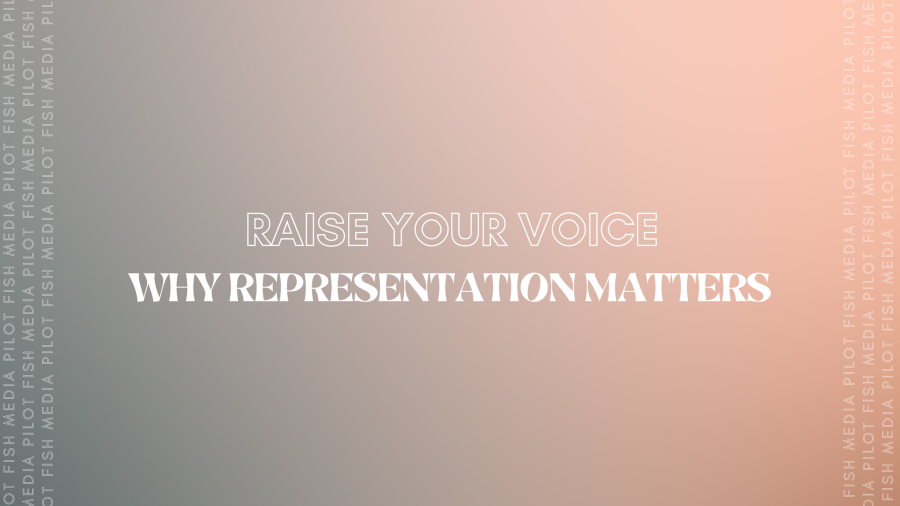Have you seen the new Netflix sensation, Inventing Anna? You should. Not only is it a gripping and highly entertaining mini-series by the wonderful Shonda Rhimes, but it’s also an excellent case of the impact of representation and how perception can create reality. Hate her or love her, Ana Delvey (or is it Sorokin?) proved that perception is power.
Representation is and has always been a critical issue, and it can be a powerful tool for the media to wield. It’s not for nothing that winners (re)write history: it’s because representation shapes perception, which then moulds reality.
So, let’s have a refresher on what representation is and what that means for us today.
The representation layered cake
Lay a base of representation
Put simply, representation is the way individuals and communities are portrayed and described in the media. Said like this, it sounds very innocent and on its own, it can be.
Add in associations
The issue comes from the fact that our brains are lazy and love associations. After all, “we’re busy people. We can’t have fully-formed impressions of all of the people in the world!” (As said by Dara O’Brian in Craic Dealer). And because of this little tendency, we tend to assume that what is true of a person also corresponds to their community unless we specifically have information to the contrary.
So, if I were to tell you that Farzin from far-away and poorly-known land Tajikistan is a bad driver, you’ll likely think (consciously or not) that Tajikistanis also tend to be bad drivers. Actually, I wouldn’t even have to go so far. All that’s needed is putting an image of a person from Tajikistan next to a car accident and our lizard brains would do the rest.
Don’t believe me? Watch Russell Peters’ explanation of associations creating representation at 1 minute 53 seconds. I promise that as factual as it is, it’s also a good laugh.
Fold in the illusory truth effect
The problem then compounds with the illusory truth effect. The more often something (in our case, a certain portrayal of a community) is repeated, the more people will perceive it to be accurate. This is especially powerful when people have little contact with or context about the subject matter. With Britons consuming on average 5 hours and 35 minutes of digital media a day, that’s plenty of time to repeat representation.
To give you an example, this means that if the media repeatedly portrayed Highlanders as having a fear of pineapples, after some time, most people would truly believe that people in the Highlands are terrified of those fruits. Ridiculous on the face of it. But insidious, isn’t it?
Sprinkle some confirmation bias
And I’m not done yet. Now that you have this belief that Highlanders are afraid of pineapples, your confirmation bias will kick in. This means that you will start interpreting the world according to this belief. You will notice and remember more facts and events that confirm your belief of ananaphobic Highlanders and will even go so far as to think that evidence supporting your belief is more credible and trustworthy than evidence that goes against it. Have I scared you yet?
Bake until you reach the self-fulfilling prophecy point
And finally, the fourth horseman of the pineapple apocalypse enters: the self-fulfilling prophecy. Imagine you are the said Highlander and that everyone you meet is convinced that you are afraid of pineapples. They tell you as such and behave accordingly. It may take a day, it may take a year, but there’s a good chance that constantly and consistently being bombarded with this alleged morbid fear of tropical fruits, you will genuinely become afraid of them.
And there you have it. A nasty vicious circle that is extremely difficult to break.
Why does it matter?
Now you may be thinking, that’s all well and good Maya, but I have other, more pressing things to worry about than whether people actually think Highlanders have ananaphobia. Why should I actively care about representation?
Well my friend, representation has incredible power. It influences your thoughts and the lives of millions of people. Seeing someone who looks or behaves like you on film or in a book can have incredible power on our individual and group psyche. Authentic and accurate representation has the following benefits.
It helps individuals feel seen and accepted
Seeing a version of ourselves represented on a billboard, on the news or in a film sends the message that our community and by extension, ourselves, are acknowledged as being a part of our national story. As such, authentic representation sends the message that the portrayed groups belong, which is especially important for minorities and marginalised groups. It’s a powerful tool that can help them feel like an integral part of their wider community.
Conversely, never or rarely seeing a version of ourselves portrayed in common narratives can make us feel invisible, overlooked or even “a guest in (our) own country”. A stereotypical or negative representation can also have a similar effect, making members of the represented community feel as if they are misunderstood, disrespected or simply not considered to be part of their national community.
It boosts self-esteem
We unconsciously perceive representation as a reflection of our own value. Our brain loves association, remember? As such, seeing someone who behaves, looks like us or comes from a similar background portrayed in a positive light will help us feel better about ourselves and feel valued through reverse correlation. This is particularly powerful for minority groups as they are typically less represented and less accurately.
This phenomenon is also significant for children, as they are particularly vulnerable to media-perpetuated beliefs and tend to internalise them. This is exactly why kids’ shows and films with diverse and positive representation can actively help build the way they think about themselves. And positive, self-assured children grow up to be strong and confident adults.
It decreases fear of minorities and promotes inclusion
We tend to fear the unknown, so actively engaging in a diverse representation of minorities enables the wider public to understand them, feel more comfortable around them and to start including them in their own narrative. Case in point: since Crazy Rich Asians came out in 2018, Asian men have steadily started to crop up as leads in romantic comedies such as LoveHard, Secret Obsession and Last Christmas. Somehow, the blockbuster helped people realise that Asians could also be love interests. Who knew?
It unravels stereotypes and helps people step out of the neat little boxes the world has stuck them into
Now that you’ve been introduced to our four horsemen of the representation apocalypse, you have a deeper understanding of why stereotypes are so resilient and hard to break. You can’t go at them with a hammer. Instead, you’ll need to slowly chip at them until they shatter. Your chisel will be a frequent, diverse and authentic representation.
It helps you realise it’s not all about you
As surprising as this may sound, boys watching films with a female main character, or Asian girls reading a book with a brown non-binary hero, is a great way to realise and remember that not everything revolves around you. People who don’t look or behave like you can be the hero, too.
While we are all the main characters in our own story, it’s good to remember that we can also be the supporting characters in someone else’s adventure. This gives us some perspective and pops any inflated egos before they become hot-air balloons.
Enrichment
This is one of the less apparent but still important benefits of authentic representation. Good representation allows us to learn about different viewpoints, ways of life and practices that we have not grown up with. As such, it represents an incredible opportunity for education and self-development.
Case in point: Middle Eastern and North African (MENA) representation
Now that we’ve gone over the basics, let’s put them into action and take a look at how Arabs and Middle Easterners are represented. What comes to mind when I say the word Arab? I bet at least a small obscure corner of your brain thought of either of the words ‘Muslim’ or ‘terrorist’.
Statistically speaking, yes, a lot of MENA individuals are Muslim and a few are terrorists. There are also artists, scientists, atheists, Christians and much more. But that’s not the aspect of the collective Arab experience that the media has portrayed and relentlessly repeated from TV shows to films or political statements. And sadly, it is not just the Trump’s and subpar series of the world that carry this message; it’s also the otherwise excellent shows such as The Bodyguard, Homeland, James Bond and even Aladdin.
The portrayal of MENA individuals across entertainment, news and politics tends to focus on the following axes:
- Arabs and Middle Easterners as Muslims
- Arabs and Middle Easterners as terrorists
- Arabs and Middle Easterners as violent and barbaric
- Arabs and Middle Easterners as antisemitic
- Arabs and Middle Easterners as misogynistic
- Arabs and Middle Easterners as poor
- Arabs and Middle Easterners as ignorant, close-minded or uneducated
Now that these have been pointed out, I bet you’ll spot those regularly peppered through your shows. These traits have become so ingrained with how the world thinks of Arabs that when a scene involves explosives, there’s a high chance Arabic music will be playing subtly in the background (I’m looking at you, Chuck). When characters travel to North Africa or the Middle East, the country is likely portrayed as traditional houses and lots of desert, forgetting the modern bustling hubs (as shown most recently in Spectre or Knight and Day).
Salt is then applied to the wound when positive MENA figures are portrayed by white actors. Remember the Prince of Persia being played by whiter-than-slow Jake Gyllenhaal, Alec Guinness playing Prince Faisal in Lawrence of Arabia or my favourite one, the all-white cast of Gods of Egypt. Whitewashing is another subtle way in which positive Arab influence has been diluted and appropriated.
The next time you see a Muslim person in a news report, a film or a series, here’s a little test to help you figure out if this character is a stereotype or, instead, a more accurate representation of reality. It’s called the Riz test, after British actor and rapper Riz Ahmed, and it works like the Bechdel test. All you have to do is answer the questions below:
- Is the Muslim character talking about, the victim of, or the perpetrator of terrorism?
- Is the Muslim character presented as irrationally angry?
- Are they presented as superstitious, culturally backwards or anti-modern?
- Are they presented as a threat to a Western way of life?
- If the character is male, is he presented as misogynistic? If female, is she presented as oppressed by her male counterparts?
If you’ve answered yes to any of the above questions, you are likely watching a stereotype-enforcing item.
Now, it’s not all doom and gloom. There’s recently been an influx of more authentic and diverse Arab representation, pushed by Arab and Middle Eastern actors in Hollywood such as Riz Ahmed, Rami Malek and Shohreh Aghdashloo.
Not all MENA individuals should be portrayed as shining beacons of human goodness. There are some wonderful ones, some abysmal ones and many in the middle. What’s needed is variety, so that representation can be authentic and informative rather than blatantly ingraining stereotypes.
If you’re reading this, congratulations, you’ve made it to the finish line and survived this long but informative blog on representation! If you’re interested in the subject matter or would like to chat about MENA representation and how to be an active ally to the community, give me a shout at [email protected]!

